Houthis fire Anti-ship Cruise Missile at Warship
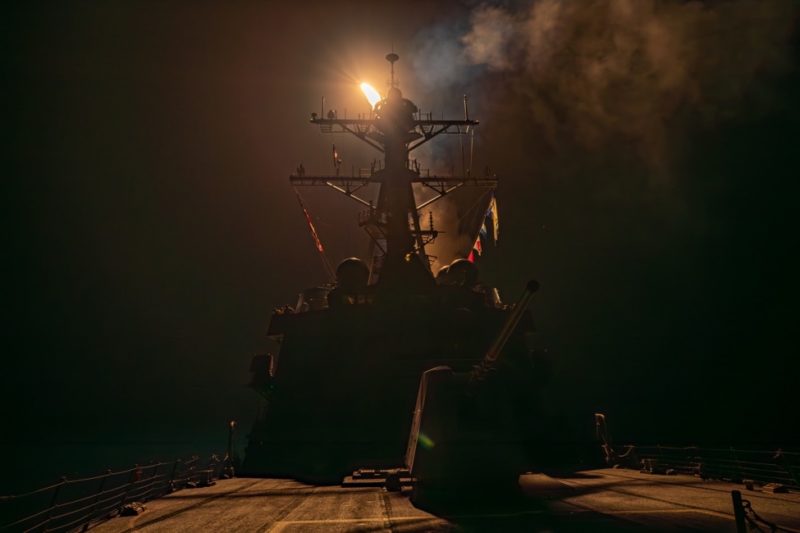
Following the American and British strikes on Houthi targets in Yemen, there was a decline in the intensity of attacks on merchant shipping off southern Arabia. However, the Houthis did the following day come close to hitting a tanker carrying Russian oil, apparently by mistake, according to leading maritime security firm Ambrey.
As the new week dawned, the Houthis tried their luck by firing an Anti-ship Cruise Missile (ASCM) at the US Navy destroyer USS Laboon. A fighter jet on Combat Air Patrol (CAP) over the southern Red Sea – likely a Super Hornet from the carrier USS Dwight D. Eisenhower – intervened to shoot down the inbound ASCM off the coast of Yemen.
When it came to the earlier incident with the Russian vessel, the United Kingdom Maritime Operations (UKMTO) centre said that it was 90 nautical miles to the south-east of Yemen and was also approached by three mystery craft. But the ship in question ultimately proceeded on its way safely to its next port of call. There were unsubstantiated claims that it was part of the so-called ‘dark fleet’, which transports Russian oil illegally to global clients.
The attack on the Russian ship came as a Foreign Ministry spokesperson in Moscow condemned the US-UK attacks on missile launch points, radar stations and weapons storage areas in Yemen. Maria Zakharova demanded a special meeting of the United Nations Security Council (UNSCR) after slamming “Anglo-Saxon” countries for pursuing “destructive goals.”
This came less than a week after Russia launched a missile blitz of Ukraine, as the second anniversary of its major invasion of that country loomed.
The January 11 US-UK assault on targets in Yemen – using US Navy and RAF strike jets along with land-attack cruise missiles launched by American surface warships and at least one submarine – aimed to try and end the weeks-long assault by the Houthis on shipping.
Two days later, the USN destroyer USS Carney was called on to launch TLAMs, in what was described by US Central Command (CENTCOM) as ‘a follow-on action on a specific military target.’ This was a radar station used by Houthis to target merchant ships and Western warships.
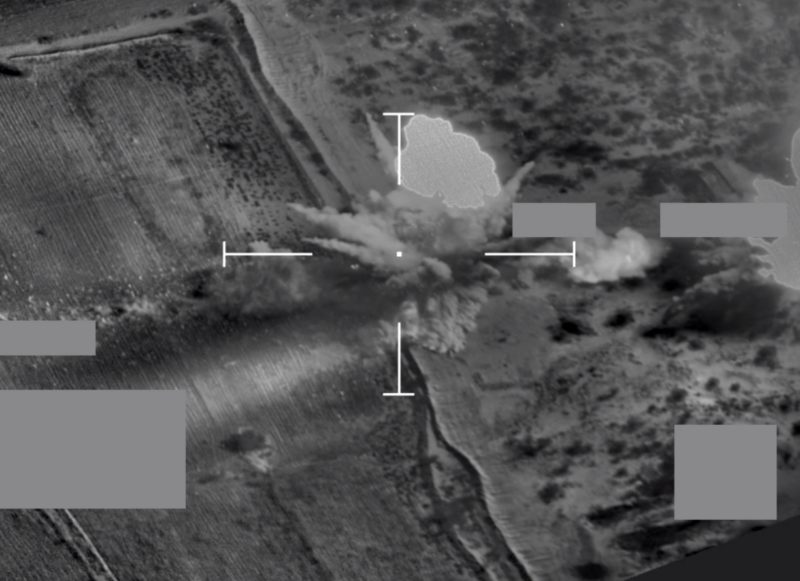
INVOLVED in the January 11 operation were the Arleigh Burke Class destroyers USS Gravely and USS Mason along with the Ticonderoga Class cruiser USS Philippine Sea. The submarine was the Ohio Class guided missile boat USS Florida, which has up to 154 Tomahawk Land Attack Missiles (TLAM), though around 80 TLAMS from all platforms were fired.
The UK’s Royal Air Force (RAF) contributed four Typhoon fighters armed with bombs, staging a very long-distance sortie from an airbase on the island of Cyprus in the eastern Mediterranean. More than 20 US Navy carrier strike jets were launched from USS Dwight D. Eisenhower in the Gulf of Aden. The Houthis later claimed that five people were killed by the strikes.
During a media briefing aboard Air Force One – the US President’s flying command station – White House spokesperson John Kirby described what was hit as “valid, legitimate military targets – all really aimed at going after the Houthis’ ability to store, launch, and guide drones and missiles.”
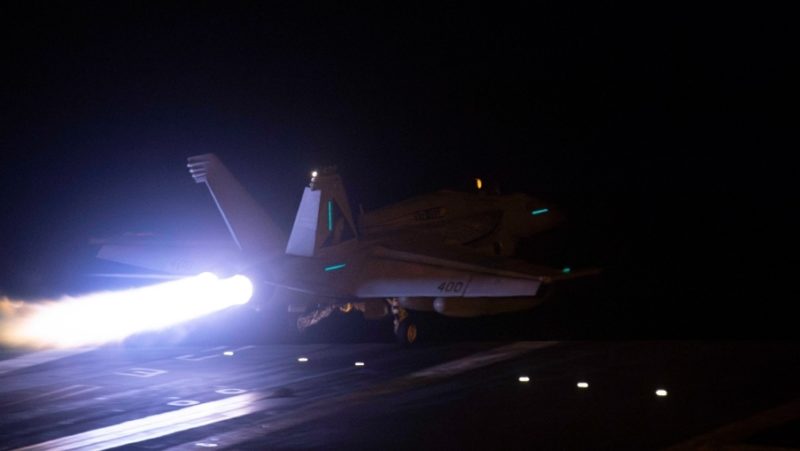
When asked about possible Houthi retaliation, Kirby responded: “…they’ve got choices to make here, and the right choice is to stop these reckless attacks. As the President said, he reserves the right and he won’t hesitate to take further action to protect our troops and our facilities and international commerce.”
Kirby, a retired USN admiral, also pointed out: “there’s no war with the Houthis. We don’t seek a war in Yemen with the Houthis. We want to see these attacks stop. We know that Iran backs the Houthis just like they back Hezbollah and they back Hamas. We have in the past, and we will certainly continue to hold, Iran accountable for their destabilizing activities.”
The trigger for the US-UK strikes was, according to Kirby, the drone swarm and missile attack against warships and merchant vessels mounted by the Houthis several days earlier. After a briefing on that episode, President Joe Biden met with his national security team and was presented with ‘response options’, giving his approval to attacking the support infrastructure for the Houthi missile and drone launches.

In a post-Yemen attack letter to the Speaker of the House, President Biden explained that the strikes were ‘taken to deter and degrade Houthi capacity to conduct future attacks and were conducted in a manner designed to limit the risk of escalation and avoid civilian casualties.’
He also wrote: ‘I directed the strikes in order to protect and defend our personnel and assets, to degrade and disrupt the ability of the Houthi militants to carry out future attacks against the United States and against vessels operating in the Red Sea region, and to deter the Houthi militants from conducting or supporting further attacks that could further destabilize the region and threaten United States strategic interests.’
In a statement issued by 10 Downing Street, British Prime Minister Rishi Sunak justified the January 11 attacks as a response to “continued illegal, dangerous, and destabilising Houthi attacks against vessels, including commercial shipping, transiting the Red Sea.” He added that the US and UK “with support from the Netherlands, Canada, Bahrain, and Australia, conducted joint strikes in accordance with the inherent right of individual and collective self-defence, consistent with the UN Charter, against a number of targets in Houthi-controlled areas of Yemen.”
Prime Minster Sunak went on: “These precision strikes were intended to disrupt and degrade the capabilities the Houthis use to threaten global trade and the lives of international mariners in one of the world’s most critical waterways.”
The Royal Navy Daring Class destroyer HMS Diamond, which had a few days earlier joined USN warships and aircraft in shooting down the aforementioned missiles and drones, did not take part in the January 11 strikes, as she does not have a land-attack capability.
The UK also has the Duke Class (Type 23) frigate HMS Lancaster operating in Arabian waters and has ordered sister vessel HMS Richmond to join the effort to escort merchant vessels. The French Navy, whose frigate FS Languedoc has shot down drones attacking Red Sea merchant shipping, was not involved in the land-attack mission against Houthi targets, despite having the capability.
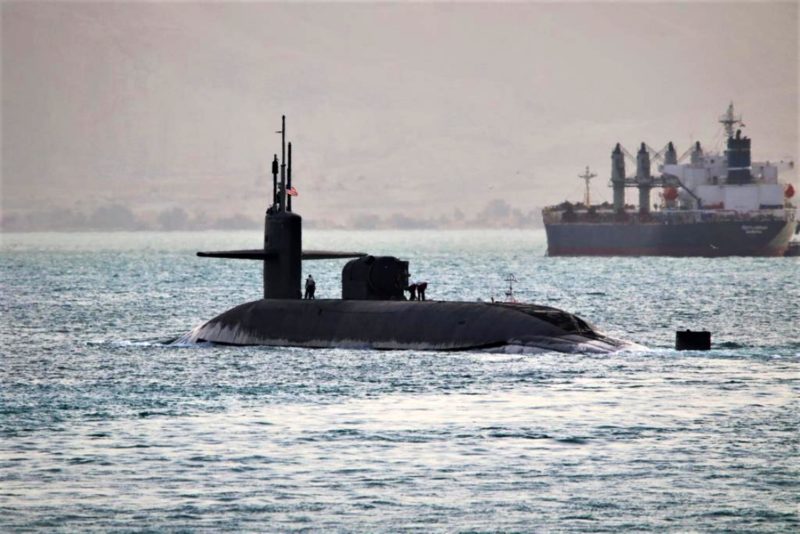
BETWEEN November 19, 2023 and January 11 this year the Houthis had ‘threatened or attacked 19 merchant vessels,’ according to an Ambrey ‘threat circular.’ Of these nine had sustained damage, with one ship seized.
It seemed the Houthis’ intelligence-gathering system while capable of assessing that merchant vessels were ‘affiliated with Israel through ownership, management, or trade’ did not pick up that some of those targeted may no longer be linked to Israel.
Launching ballistic and anti-shipping missiles, along with attack drones – the latter also against American, French and British warships – has inevitably had a detrimental effect on global sea trade, due to massive disruption and fear of sinkings, in addition to posing a serious risk of death or injury to mariners of many nations.
The Houthi aim is to disrupt merchant traffic to economically damage Israel. It is part of an effort to pressure the USA and other nations into persuading Israel to cease its devastating assault on Gaza, which, so it has been claimed, had by mid-January 2024 killed more than 23,000 people. The Israeli action was a response to the October 7 Hamas invasion of its territory during which 1,200 people were slaughtered and hundreds of civilians kidnapped. Israel is also seeking to halt the relentless firing of rockets by Hamas from Gaza into Israeli towns and cities.
Despite being advised to avoid the Red Sea route, merchant vessels continue to use it, on their way north to the Suez Canal or heading south for the Indian Ocean via the Bab-el-Mandeb Strait chokepoint. The latter is dominated on its eastern side by Yemen, half of which is under the control of the Houthis rather than the UN-backed official Yemeni government. Many merchant vessels are now using the longer, and more expensive, Cape Route around the southern tip of Africa to reach Europe or head from there to Indo-Asia-Pacific.
Ambrey suggests that vessels of nations involved in the strikes on Yemen, and those that have supported it, may now be deliberately targeted, though ships flying the flags of various states have already been subjected to attack. Furthermore, Ambrey has warned that though ‘Houthi capability is likely to have been significantly degraded…attacks by the Houthis on merchant shipping are highly likely to continue and broaden.’
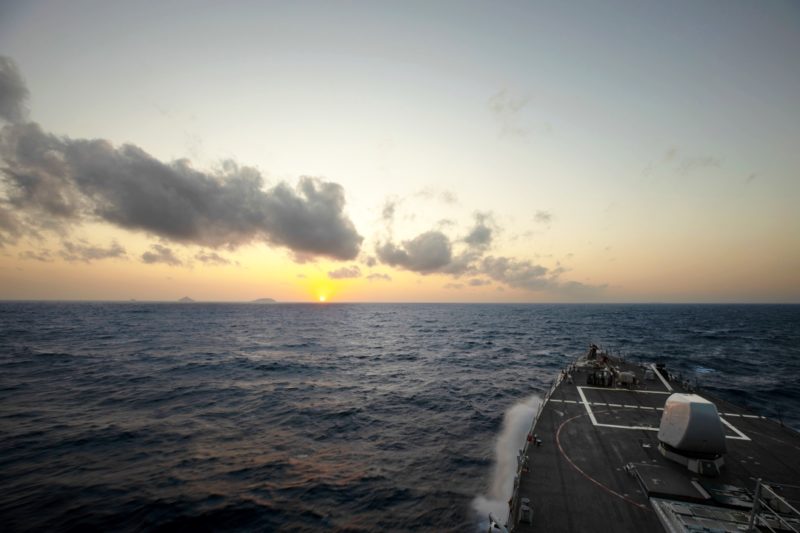
While the number of attacks on merchant vessels seemed to have declined temporarily, the use of a cruise missile against USS Laboon was, so some claimed, the first time such a hard-hitting weapon had been used to directly attack a Western warship.
Meanwhile, a senior figure in another proxy army that is also armed and funded by Iran, including with anti-ship missiles, warned that the Red Sea conflict “will harm the security of all maritime navigation.” The Lebanon-based Hezbollah official also observed that “the sea has become a theatre of fighting, missiles, drones and warships.”

-
For more on the battle for the Red Sea see our February 2024 issue.
-
For further insights listen to the Warships Pod

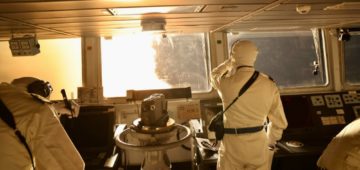




Comments
Sorry, comments are closed for this item